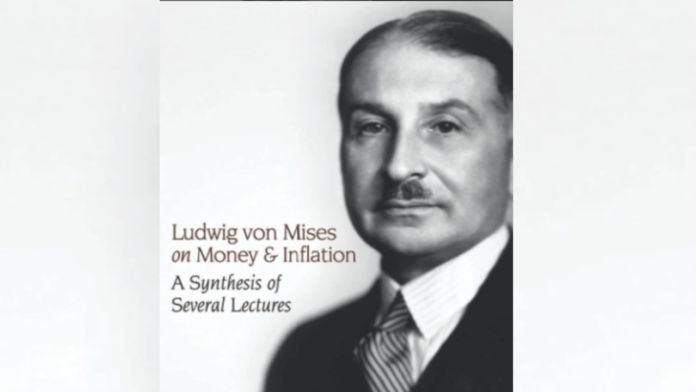In “The Real Estate Game,” William J. Poorvu and Jeffrey L. Cruikshank bring their wealth of experience and knowledge to the table, offering readers a comprehensive, insightful, and practical guide to the world of real estate investing. The book is a must-read for anyone interested in learning about the intricacies of real estate, as it presents an in-depth analysis of the industry’s various components, ranging from property acquisition and management to financing and deal-making.
At the heart of “The Real Estate Game” lies Poorvu’s firm belief that real estate is not a passive investment but a dynamic, hands-on business. The book encourages readers to approach real estate investments as entrepreneurs rather than mere speculators. To do so, Poorvu shares his vast experience as a successful real estate investor, Harvard Business School professor, and co-founder of the Baupost Group, one of the world’s most successful hedge funds.
The book is divided into four main sections, each focusing on a different aspect of the real estate business. The first section, “The Players,” introduces the various individuals involved in real estate transactions, such as developers, brokers, bankers, and investors. This section provides an overview of the diverse roles these players fulfill, highlighting the importance of collaboration and communication in successful real estate deals.
In the second section, “The Properties,” Poorvu delves into the different types of properties, including commercial, residential, and industrial real estate. He explains the unique characteristics and challenges associated with each property type, helping readers understand the specific factors to consider when evaluating potential investments.
“The Numbers,” the third section of the book, focuses on the financial aspects of real estate investing. Here, Poorvu explains key financial concepts and metrics, such as net operating income, cash flow, and capitalization rates, which are crucial for analyzing property performance and determining a property’s value. He also discusses various financing options available to real estate investors, including traditional bank loans, equity partnerships, and creative financing structures.
The fourth and final section, “The Deals,” examines the process of identifying, negotiating, and closing real estate transactions. Poorvu presents a series of real-life case studies to illustrate the complexities and challenges that can arise during the deal-making process. He offers practical advice on how to navigate these obstacles, emphasizing the importance of due diligence, risk management, and patience in successful real estate investments.
One of the book’s most significant strengths lies in its use of real-life examples and case studies. By examining actual deals, both successful and unsuccessful, Poorvu provides readers with a practical, hands-on understanding of the real estate business. He highlights the importance of learning from past experiences, both one’s own and those of others, to improve decision-making and minimize risk in future investments.
Additionally, “The Real Estate Game” offers valuable insights into the cyclical nature of the real estate market, emphasizing the importance of timing and market conditions when making investment decisions. Poorvu advises investors to avoid getting caught up in market hype and to maintain a long-term perspective when evaluating investment opportunities.
Another notable feature of the book is its emphasis on ethical behavior in the real estate business. Poorvu underscores the importance of honesty, transparency, and integrity, both in dealing with other industry players and in managing one’s own investment portfolio. He believes that maintaining high ethical standards is not only morally right but also essential for long-term success in the real estate industry.
While “The Real Estate Game” is a comprehensive and informative guide, it is worth noting that the book was first published in 1999. As a result, some of the information, particularly regarding market conditions and financial structures, may be somewhat dated. However, the book’s core principles and concepts remain relevant and applicable in today’s real estate market. Readers can still benefit from Poorvu’s insights and experiences, as well as the timeless lessons presented throughout the book.
Moreover, some readers may find the book’s focus on the U.S. real estate market somewhat limiting, especially those interested in international real estate investing. Despite this limitation, the book’s principles and concepts can still be applied to real estate markets outside the United States, albeit with some adjustments for local market conditions and regulations.
In conclusion, “The Real Estate Game” by William J. Poorvu and Jeffrey L. Cruikshank is a comprehensive, insightful, and practical guide for anyone interested in learning about the real estate industry. The book covers various aspects of the business, from property types and financing options to deal-making strategies and ethical considerations. Its real-life examples and case studies offer valuable lessons for both novice and experienced real estate investors, making it an essential read for those looking to succeed in the ever-changing world of real estate investing.




